San Diego Bike Accident Lawyer Explains the Right Hook and Left Cross
In this video, San Diego personal injury lawyer and cycling enthusiast Bonnici Law Group explains the two most common bicycle accidents: the right hook and the left cross. He advises cyclists to “take the lane” for better visibility and to enroll in a safety course through a local community organization. For more information, contact our firm online or by calling (619) 853-5101.
Video Transcription
Two of those common forms of bicycle accidents go by the colorful names of a Right Hook and a Left Cross. A Right Hook, typically happens when a cyclist is going the same direction as traffic, and is too far over, for example, in a bicycle lane. A car who would be in the bicyclist’s left, often times misjudges the speed of the bicycle or their own speed, will pass the cyclist as they’re both going in the same direction. Then the car turns right in front of the cyclist, and the cyclist and the car collide. One of the ways to avoid that is for the cyclist, as you’re approaching an intersection, is to take the lane. Take the lane means that the cyclist comes out of the bicycle lane into the lane of traffic, basically blocking that lane for a short time. That allows the car behind the cyclist to turn in back of the cyclist rather than in front of them.
The second type and most common car-bicycle accident is referred to as the Left Cross. A Left Cross is when a car is coming in the opposite direction of a cyclist. The cyclist again may be over too far in the right hand lane. The car who’s making a left hand turn doesn’t see the cyclist because they’re looking for vehicles that would be in the lane. The car turns right in front of the cyclist, and the cyclist who’s going straight collides with the car. The best way to avoid that is to use the same tactic called taking the lane. As the cyclist approaches the intersection, the cyclist moves out into the front of the lane, and that is where the cyclist is exactly where the oncoming car expects traffic to be, and the odds of the car seeing you are much greater.
On both of those cases, as experienced cyclist will move out of the bike lane and take the lane. For more information on cycling safety, you can either take bicycle courses through the local organization. In San Diego for example, there is the bicycle coalition of San Diego, or you can refer to the website www.CaliforniaBicycleSafety.com.
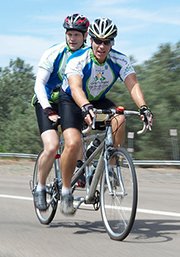
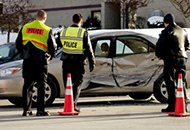

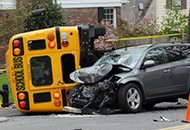


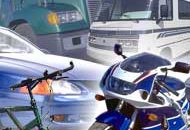


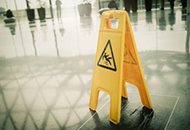
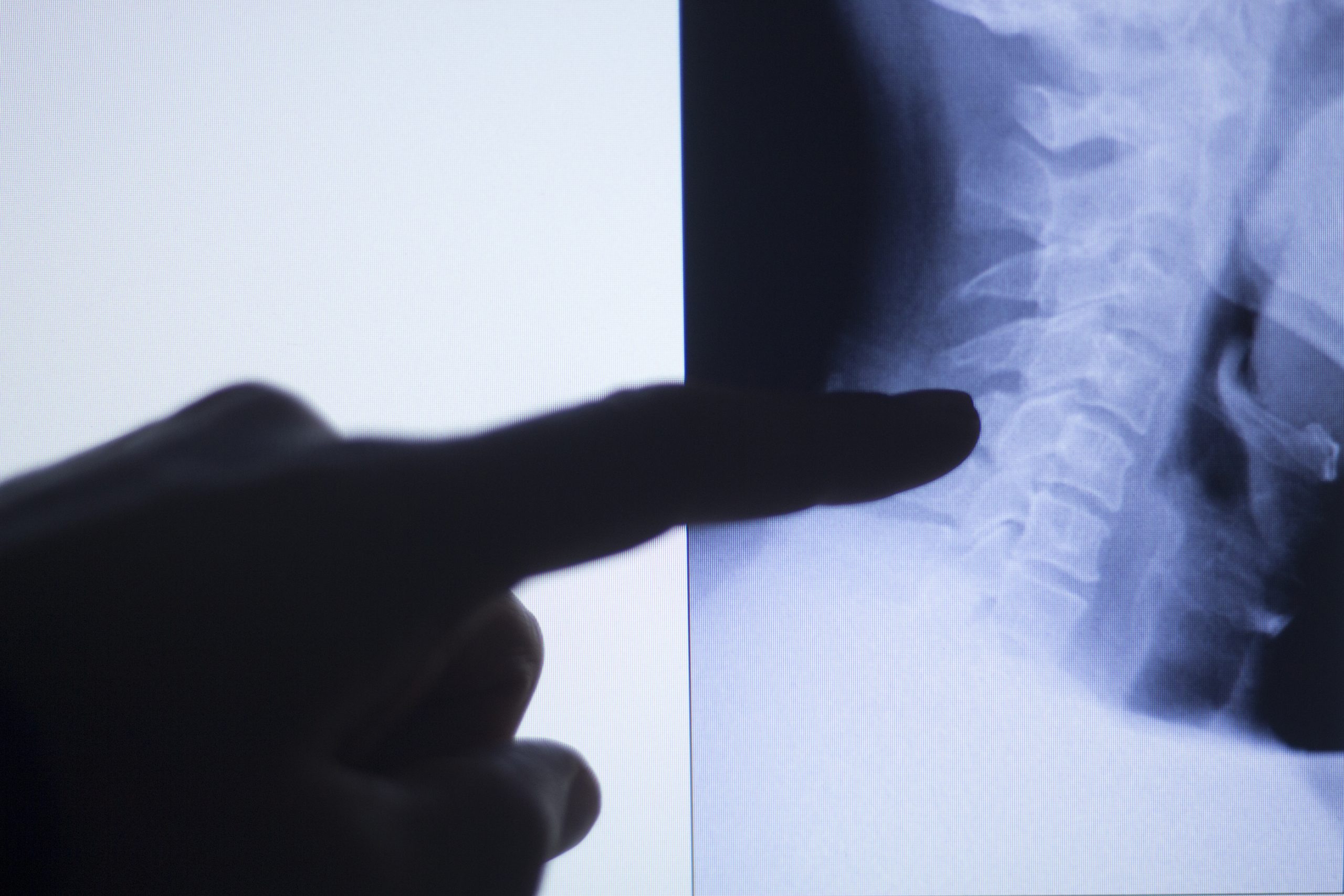

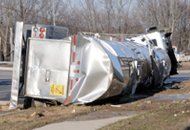



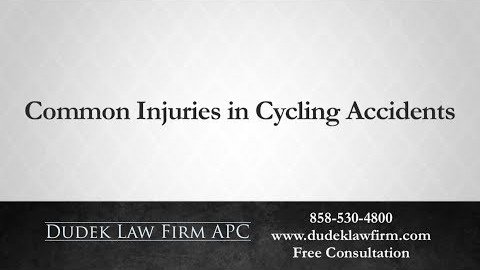


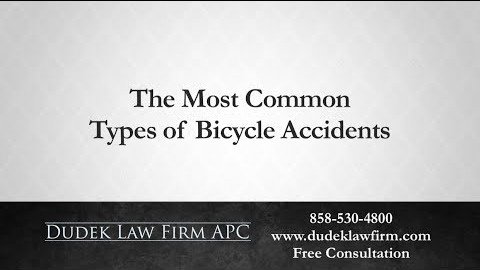


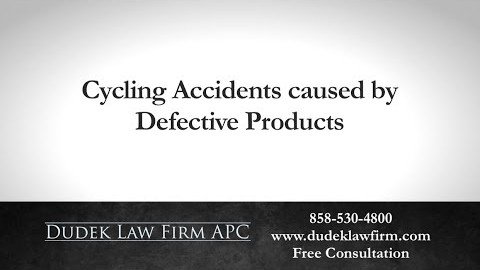


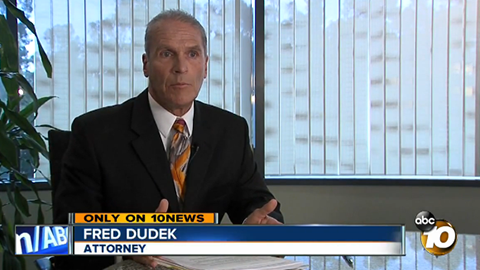
 1620 5th Avenue
1620 5th Avenue 1620 5th Avenue
1620 5th Avenue